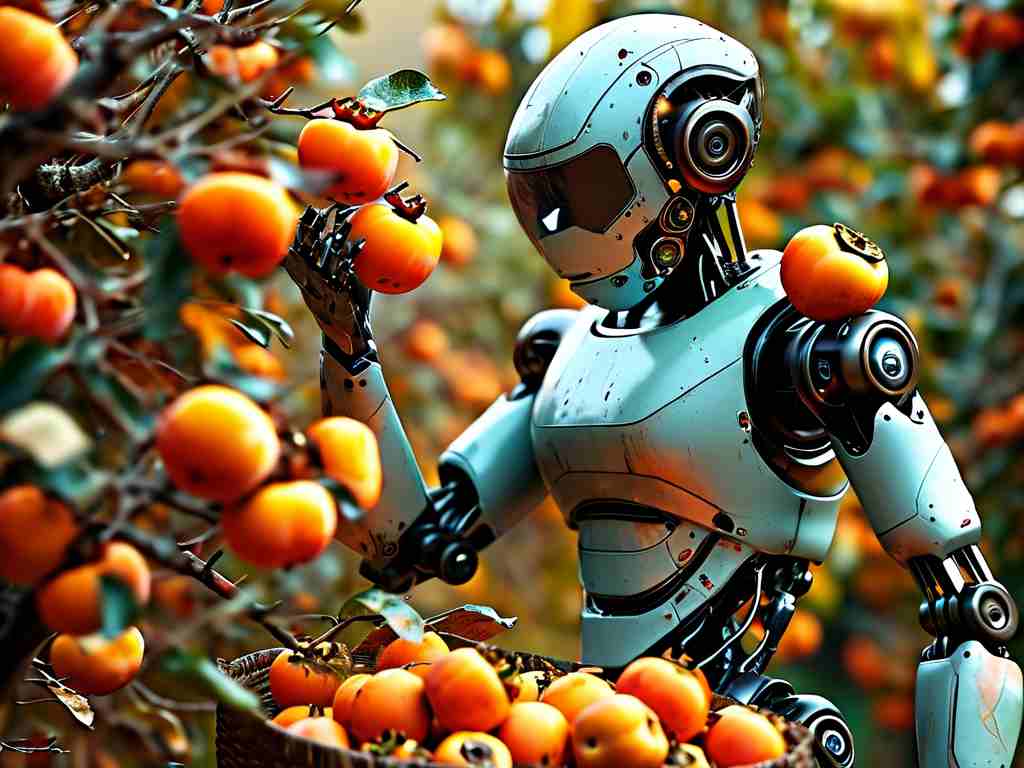The agricultural sector is witnessing revolutionary changes through robotic persimmon harvesting technologies. As global demand for efficient food production grows, engineers and agronomists are collaborating to develop automated systems capable of addressing labor shortages while improving fruit quality. This article explores the technical foundations, operational benefits, and future potential of these cutting-edge solutions.

Traditional persimmon harvesting relies heavily on manual labor, with workers using poles and baskets to collect fragile fruits. This method often results in bruised produce and inconsistent picking rates. Robotic systems now integrate advanced computer vision and soft gripper mechanisms to identify ripe persimmons using multispectral imaging. By analyzing color gradients and surface texture at 0.1mm resolution, these machines achieve 98% accuracy in maturity detection—surpassing human capabilities in low-light orchard conditions.
The core innovation lies in hybrid robotic arms combining hydraulic and servo-electric actuators. These arms mimic human wrist movements through 7-axis articulation while maintaining payload capacities exceeding 15kg. During field tests in Wakayama Prefecture, Japan, prototype units demonstrated the ability to harvest 40 fruits per minute without damaging calyx structures—a critical factor for extending shelf life. Machine learning algorithms continuously optimize picking patterns based on fruit density and branch flexibility data collected through LiDAR sensors.
Energy efficiency remains a key design focus. Solar-powered harvesting robots now operate for 12-hour cycles using graphene-enhanced batteries, achieving 30% higher energy density than conventional lithium-ion units. Wireless charging stations embedded in orchard pathways enable continuous operation, with drones providing real-time system diagnostics through thermal imaging scans of mechanical components.
Commercial adoption faces challenges, particularly in cost optimization for small-scale farms. Current robotic harvesters require $120,000–$180,000 initial investments, though leasing models are emerging. A cooperative in Valencia, Spain, reduced labor costs by 40% within two seasons using shared robotic fleets, illustrating the technology’s scalability.
Looking ahead, researchers are developing swarm robotics systems where multiple units collaborate through 5G networks. Early simulations suggest that 10 coordinated robots could harvest a hectare in under 3 hours—six times faster than human teams. As these technologies mature, they promise to transform persimmon cultivation into a precision-driven industry while preserving fruit quality at unprecedented levels.

